Mushrooms for food are a nutritious and versatile option driving culinary trends. With diverse flavors and textures, they cater to health-conscious consumers and plant-based diets. As a sustainable protein source, mushrooms align with eco-friendly practices, while specialty and exotic varieties meet the demand for unique culinary experiences. Functional benefits of certain species add to their popularity. From urban farming to global cuisine fusion, mushrooms are a key player in the evolving food landscape, inspiring innovative products and recipes that appeal to a wide range of tastes.
The global mushroom consumption was 14.35 million tonnes in 2020 and is expected to reach 24.05 million tonnes by 2028.
Different Types of Mushrooms and Their Unique Characteristics
Only some 25 species have been perceived as edible and intensively cultivated (15), while only few species are the most produced and consumed edible mushroom worldwide: Agaricus bisporus (white mushroom, 22%), followed by Lentinus edodes (shiitake, 19%), Pleurotus spp. (oyster mushroom, 15%), and Flammulina velutipes (enoki mushroom, 11%).



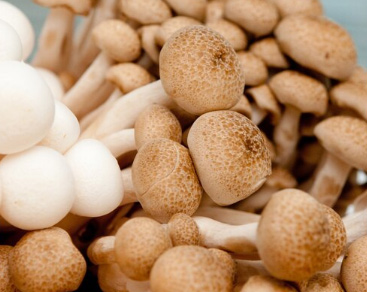
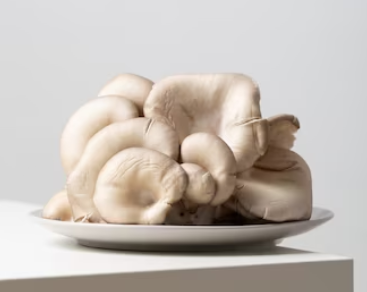
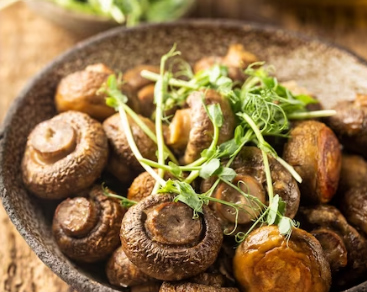
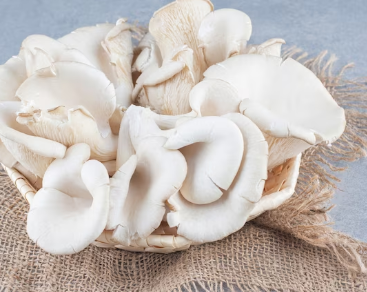
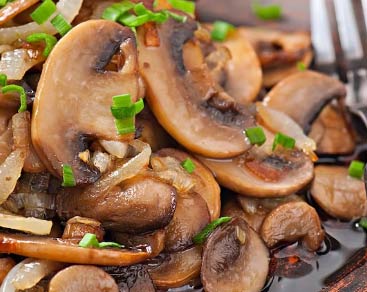
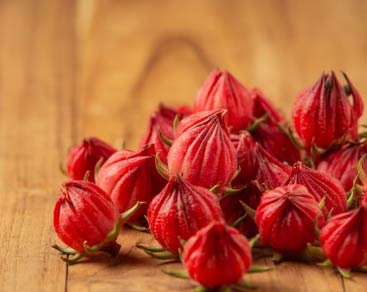
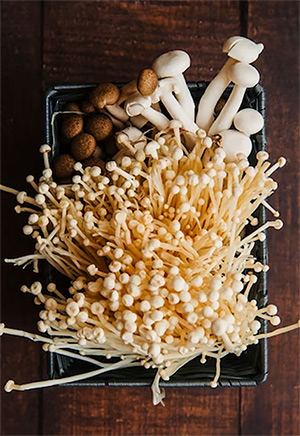
 Decrease the risk of cancer
Decrease the risk of cancer  Promote lower cholesterol
Promote lower cholesterol  Provide a source of vitamin D
Provide a source of vitamin D  Lower sodium intake
Lower sodium intake  Protect brain health
Protect brain health 